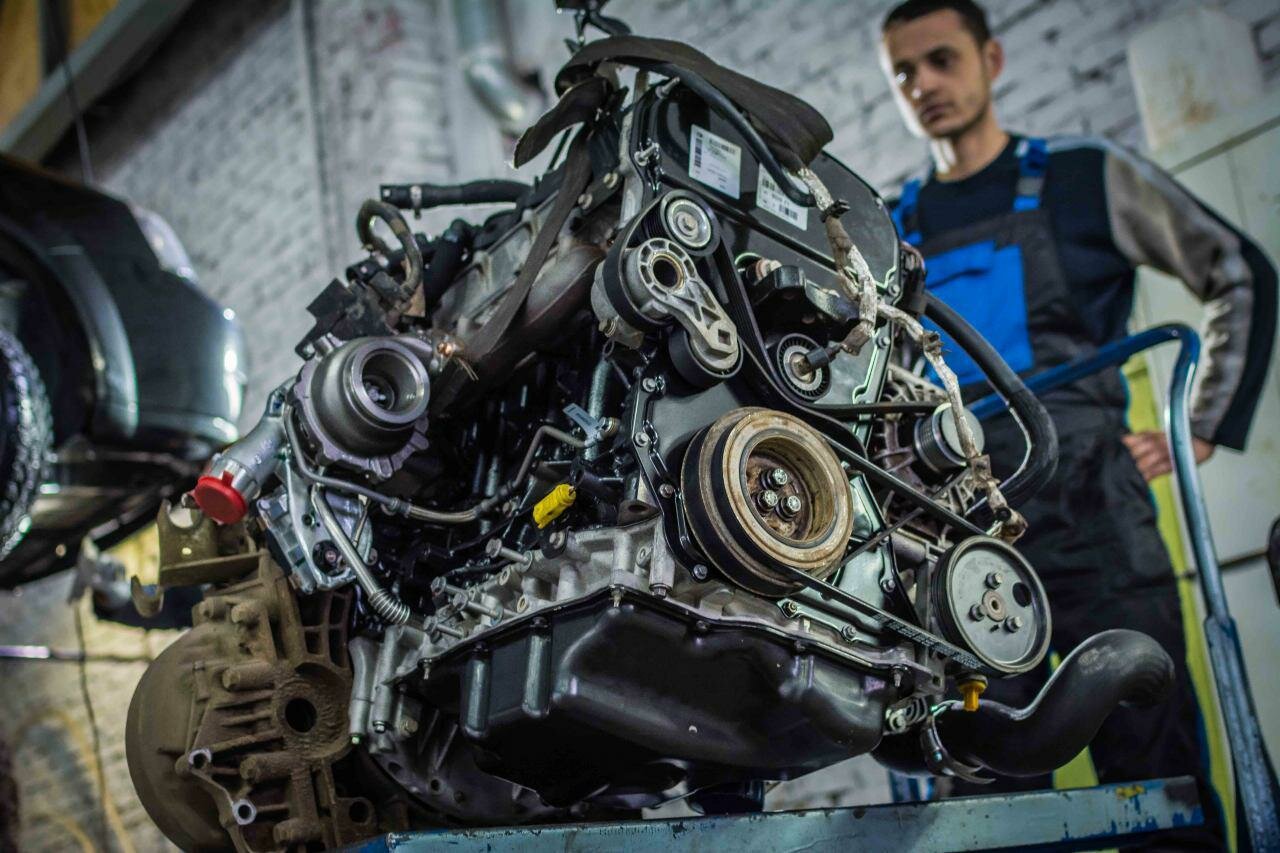Subaru has built a reputation for producing reliable vehicles, but like any automaker, they’ve had their share of engine issues over the years. If you’re a Subaru owner or considering buying one, it’s crucial to be aware of the engine problems that have plagued certain models during specific years. Understanding these issues can help you identify potential symptoms early on, allowing you to address them before they escalate into more significant problems.
Common Symptoms of Engine Problems
When it comes to engine troubles, Subaru vehicles have shown a range of symptoms that can indicate something is amiss. Here are some of the most common signs you might encounter:
Oil Consumption Issues
One of the most notorious problems has been excessive oil consumption. Many Subaru models, particularly those equipped with the 2.5-liter engines, have been reported to burn oil at a higher rate than normal. Symptoms include:
- Frequent need for oil top-ups between changes
- Oil warning light illuminating on the dashboard
- Visible smoke from the exhaust, especially during acceleration
Head Gasket Failures
Head gasket failures can lead to serious engine damage if not caught early. Subaru engines have been known to suffer from this issue, particularly in older models. Symptoms include:
- Overheating engine
- Milky or frothy oil, indicating coolant mixing with oil
- Loss of power and poor performance
Engine Knock and Noise
Unusual sounds from the engine can be a red flag. Engine knock, ticking, or knocking noises may indicate issues like rod bearing failure or timing belt problems. Symptoms to watch for include:
- Knocking sounds during acceleration
- Increased engine noise at idle
- Vibration or rough running
Check Engine Light
The check engine light is a catch-all warning that something is wrong. For Subaru owners, it can signal various engine problems. Common triggers include:
- Faulty oxygen sensors
- Issues with the mass airflow sensor
- Problems with the catalytic converter
Specific Model Years to Watch
While engine problems can occur in any vehicle, certain Subaru models and years are more notorious for these issues. Here’s a quick overview:
- 2000-2004: Many models from this era experienced head gasket failures.
- 2005-2009: The 2.5-liter engine had significant oil consumption issues.
- 2010-2014: Reports of engine knocking and premature wear became more common.
- 2015-2019: Some models faced issues with the CVT transmission, impacting overall engine performance.
Final Thoughts
Being aware of these symptoms and the specific model years can save you time, money, and headaches down the road. If you notice any of these signs, it’s wise to consult a mechanic familiar with Subaru vehicles. Keeping an eye on these potential issues can help ensure your Subaru remains a reliable companion on the road.
Engine Problems in Subaru Vehicles
Subaru has had its share of engine problems over the years, affecting various models and years. Understanding the causes behind these issues can help current and prospective owners make informed decisions. Below, we’ll break down the years known for engine problems, the underlying causes, and what owners are saying about their experiences.
Years with Notable Engine Problems
Some model years have become infamous for engine issues. Here’s a detailed look at those years, the problems reported, and the causes behind them.
| Model Year | Engine Type | Common Problems | Causes | Owner Opinions |
|---|---|---|---|---|
| 2000-2004 | 2.5L SOHC | Head gasket failures | Poor gasket material; overheating | “Had to replace the head gasket twice. Major hassle!” |
| 2005-2009 | 2.5L DOHC | Excessive oil consumption | Piston ring design flaws | “Constantly adding oil. It’s frustrating!” |
| 2010-2014 | 2.5L DOHC | Engine knocking | Rod bearing wear | “I thought I was hearing things, but the noise is real!” |
| 2015-2019 | 2.0L/2.5L | CVT transmission issues | Design flaws in the CVT | “The CVT feels sluggish. Not what I expected from Subaru.” |
Understanding the Causes
The issues faced by Subaru engines often stem from design flaws or material choices. Here’s a closer look at some of the root causes:
- Head Gasket Failures: Many Subaru engines from the early 2000s used inferior gasket materials that couldn’t withstand the engine’s heat, leading to leaks and overheating.
- Oil Consumption: The piston ring design in certain 2.5L engines was flawed, causing them to wear prematurely and leading to excessive oil consumption.
- Engine Knock: In some models, the rod bearings wore out faster than expected, causing knocking sounds and potential engine failure if not addressed.
- CVT Issues: The continuously variable transmission (CVT) in newer models has been criticized for its sluggishness and reliability problems, affecting overall engine performance.
Owner Experiences and Opinions
Subaru owners often take to forums and social media to share their experiences. Here are some common themes from their discussions:
- Many owners express frustration with the oil consumption issues, stating that they feel they are constantly monitoring their oil levels.
- Head gasket failures have led to costly repairs, with some owners reporting that they had to replace the gasket multiple times.
- Owners of models with CVT issues often mention a lack of responsiveness, making driving less enjoyable.
- Despite these problems, many Subaru owners remain loyal to the brand, citing the vehicles’ overall performance and safety features as reasons to stick with Subaru.
In summary, while Subaru has had its fair share of engine problems, many owners still appreciate the brand for its reliability and performance in other areas. Being informed about these issues can help current and potential owners navigate the complexities of Subaru ownership.
Recalls and Technical Service Bulletins (TSBs)
Subaru has issued several recalls and Technical Service Bulletins (TSBs) over the years to address engine problems in specific models. These official notices are critical for informing owners about known issues and the recommended actions to take. Below, we’ll explore the recalls and TSBs related to engine problems in the years known for significant issues.
Recalls Related to Engine Problems
Recalls are issued when a vehicle has a defect that poses a safety risk or does not comply with federal safety standards. Here are some notable recalls for Subaru models:
| Model Year | Recall Number | Issue | Details |
|---|---|---|---|
| 2000-2004 | 03V-460 | Head gasket failure | Potential for coolant leakage, leading to overheating. |
| 2005-2009 | 10V-561 | Oil consumption | Defective piston rings causing excessive oil consumption. |
| 2010-2014 | 14V-311 | Engine knocking | Possible rod bearing wear leading to engine failure. |
| 2015-2019 | 19V-100 | CVT issues | Software update needed to improve transmission performance. |
Top views |
|
|---|---|
 |
Oil, Timing Chains, Pistons: What Really Kills an Engine Prematurely? |
 |
How to Choose a Car with a Reliable Engine: Used Car Market Hacks That Actually Work |
Technical Service Bulletins (TSBs)
TSBs are issued to inform dealerships and mechanics about specific issues and recommended repairs. While they do not constitute recalls, they provide important guidance for addressing known problems. Here are some relevant TSBs:
- 2000-2004 Models: TSB 02-50-03 addressed head gasket replacement procedures due to high failure rates.
- 2005-2009 Models: TSB 02-110-09 provided guidelines for diagnosing and repairing excessive oil consumption, including recommendations for replacing piston rings.
- 2010-2014 Models: TSB 11-100-12 discussed engine knocking noises and outlined steps for checking rod bearings and replacing them if necessary.
- 2015-2019 Models: TSB 19-100-20 included instructions for updating CVT software to enhance performance and address sluggishness.
Importance of Recalls and TSBs
Staying informed about recalls and TSBs is essential for Subaru owners. Here’s why:
- Safety: Recalls often address issues that could compromise vehicle safety.
- Performance: TSBs provide insights into improving vehicle performance and reliability.
- Value: Addressing known issues can help maintain the vehicle’s resale value.
By keeping an eye on recalls and TSBs, Subaru owners can take proactive steps to mitigate engine problems and enhance their driving experience.




0 Comments